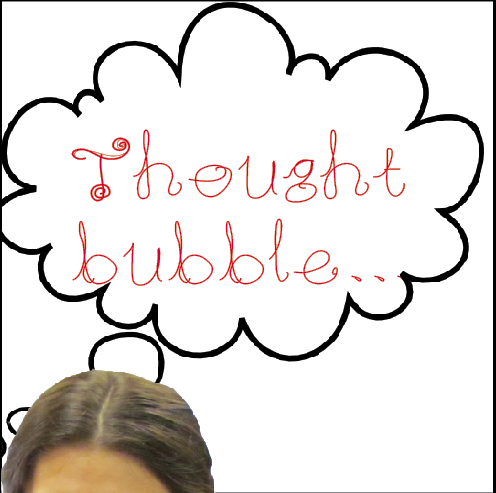The benefit of flipping the classroom

September 23, 2014
Many teachers have their own teaching style or technique that works best for their class, personality, and subject. Flipped classrooms have become especially popular as technology continues to be integrated into the classroom. This is very beneficial to the learning and growth of students, and promotes learning in and outside of the classroom.
A “flipped classroom” is when student watches their teacher’s lectures online and take notes. The next day at school the student does practice problems independently during class, so that they can ask questions of the teacher on the problems. This teaching technique is beneficial to STEM (science, technology, engineering and mathematics) classroom settings specifically because it allows the teachers to guide students through problems and equations, as well as teaching them the initial lesson. Many times in mathematics based lessons, the basic knowledge and examples are presented to the students. Then, increasingly difficult questions appear on homework, tests and quizzes. A flipped classroom gives students, especially those who are struggling, almost an hour of tutoring opportunity if needed. Flipped classes increase not only the ability of the student, but it also enhances their understanding to the highest level.
Another amazing benefit of watching lectures on videos is that there is an unlimited amount of times a student can watch them. If they miss a word, or can’t hear what the teacher said, they can simply rewind and hit play. This also gives students the opportunity to google any vocabulary they don’t understand, make clear and organized notes, and have time to write down questions. The ability to re watch lectures is a vital study tool for students prior to a unit test or exam. If they didn’t write something down clearly in their notes, or don’t really remember something from the lesson, videos are readily available so that they can brush up on material at anytime.
While the flipped class concept may cause students to have a few more minutes of homework every night in watching videos and filling out notes, it actually works out to saving time for both the teacher and the student in the long run. First off, teachers essentially need to give the lesson only once, ever. Secondly, students never have to go to school or stay late for tutoring. The entire hour of class is absolutely and solely dedicated to the teacher aiding the student in practice problems. This is extremely helpful if, once you don’t have your notes with you, you can’t figure out how to work a problem. A flipped class also ensures that the student is actually putting effort into learning the material, because they have to actually watch the notes outside of school to know what is going on inside the classroom.
As more technology is integrating itself into the school and workplace, it is vital for students to learn how to operate this machinery. Many jobs in the 21st century real-world depend upon technological knowledge, especially of that of Google. A flipped class allows students to explore the benefits of technology and Google. The schools’ recent switch to Google Drive is already implementing this campus wide, but flipped classrooms take this concept even further. A flipped class requires students to constantly check their Drive for a new video or notes. That means this technology is effectively being used by the student, just so they can keep up in class. Without students even directly told so, they are being prepared to face a world outside of high school.
A criticism to this teaching technique is that students can’t learn material though watching it on a screen because they cannot ask questions and interact with the instructor. While this may be true, there is an easy answer and fix to this issue. Teachers that have a flipped classroom often ask the student to take notes during the video. While taking notes, students can write down questions as the lecture plays. If they still have questions to ask the teacher after the lesson, there is classtime the next day for the teacher to address them. Also, because students have to wait until the next class to ask the question, it gives them an opportunity to think deeper about the question and the lesson. The teacher can proceed the during class in answering these questions on an in depth, one-on-one level.
A flipped classroom, in essence, is the most effective way for teachers to teach STEM subjects. Not only does it enhance the students’ learning experience, it saves time, aids the student in review and helps prepare high schoolers for the real world.



